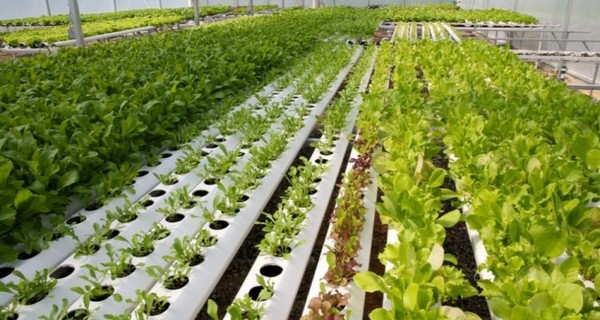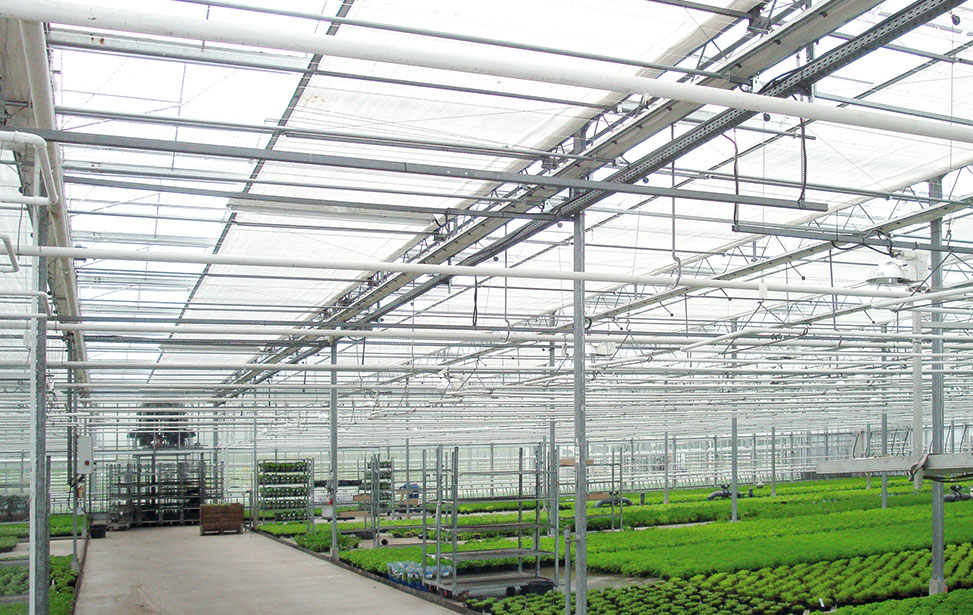Commercial operations like microgreens, perishable herbs, and other specialty crops, where profit margins are narrow or susceptible to other industry factors, fulvic acid can balance the cost of operations with exceptional results. A concentrated formula extends the reach of your nutrients by making them more bioavailable, and over time, growers will notice fewer nutrients are needed with the addition of fulvic acid reducing grower input costs.
High humic acid levels can dramatically increase yields. Humic acid deficiency can prevent farmers and gardeners from growing crops with optimum nutrition. Conventional wisdom today ignores humic acids, though, holding that it is impossible to grow and maintain an urban landscape such as a park, golf course, or lawn without high-analysis NPK fertilizers.
Some of the most common substances we collectively refer to as “humus” include: Humin: a black humic substance that is not soluble in water at any pH, has a high molecular weight, and is never found in base-extracted liquid humic acid products.” Humic acid: a dark-brown humic substance that is soluble in water only at higher soil pH values and is of greater molecular weight than fulvic acid. Humic acid may remain for centuries in undisturbed soil. Fulvic acid: a yellow to yellow-brown humic substance that is soluble in water under all pH conditions and is of low molecular weight.
The use of soilborne compounds to protect seeds and enhance seedling growth is being investigated globally by Iowa State University.
Read the complete research at www.agtonic.com.
Kumar Sootahar, M.; Zeng, X.; Wang, Y.; Su, S.; Soothar, P.; Bai, L.; Kumar, M.; Zhang, Y.; Mustafa, A.; Ye, N. The Short-Term Effects of Mineral- and Plant-Derived Fulvic Acids on Some Selected Soil Properties: Improvement in the Growth, Yield, and Mineral Nutritional Status of Wheat (Triticum aestivum L.) under Soils of Contrasting Textures. Plants 2020, 9, 205. https://doi.org/10.3390/plants9020205











